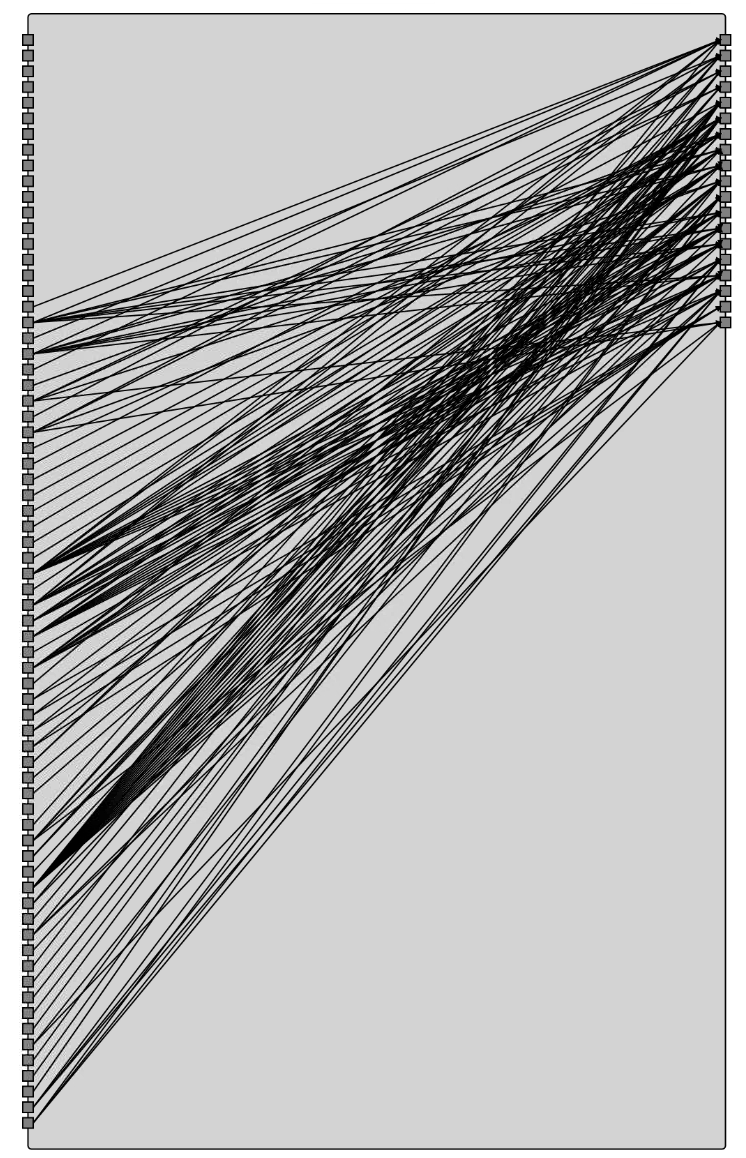Use Case Example: emmtrix Dependency Analyzer (eDA) for AUTOSAR Specification Dependency Verification
January 31, 2024
Together with customers from automotive, we have implemented support for a use case so that our emmtrix Dependency Analyzer (eDA) can be used to extract and visualize the internal data dependencies between AUTOSAR R-Ports and P-Ports of software components (SWCs) by analyzing their internal behavior.
What does this mean for development?
The automotive development process heavily relies on AUTOSAR for specifying various software components and runnable entities. Typically, implementation is carried out using tools like Simulink and Stateflow, with TargetLink generating the C code for the target platform. All data exchange in the application is typically modelled using AUTOSAR Runnables.
Our eDA can be used to automatically analyze the generated C code to uncover data dependencies. These analysis results are then mapped back to the data prototypes, variables, and SWC ports as defined in the AUTOSAR model. This ensures that all data dependencies in the generated C code adhere to the model, eliminating any unwanted connections between input and output ports of the model.
Benefits of using eDA:
- Automated analysis and verification of data dependencies in the C code
- Results can be exported in exchange formats such as XML or JSON or even visualized (see images)
- Integration with existing CI flows enables automatic monitoring of dependencies throughout the project lifecycle, so that changes are detected whenever the models or source code are modified
This enhancement represents a significant step forward in enhancing the quality and reliability of automotive software development, focusing on a critical use case.
For more information on eDA, please contact Rainer Heim (+49 170 447 2986, rainer.heim@emmtrix.com).


